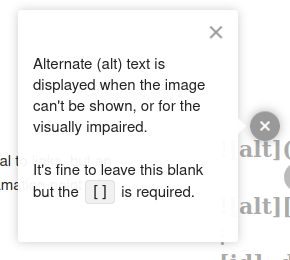For fun I did a quick check and based on GEBCO elevation data this looks like about 20m sea rise (I’m guessing exactly – I assume whoever made the image picked a round number).

I could have posted what 2m looks like but at this scale it just looks like current Florida.











I’m not sure the
invidious:protocol supports live streams, it seems like it’s only fetching a single fragment from the HLS stream. What you’re trying works for me using a direct invidious instance URL, e.g.https://inv.nadeko.net/watch?v=cmkAbDUEoyA.